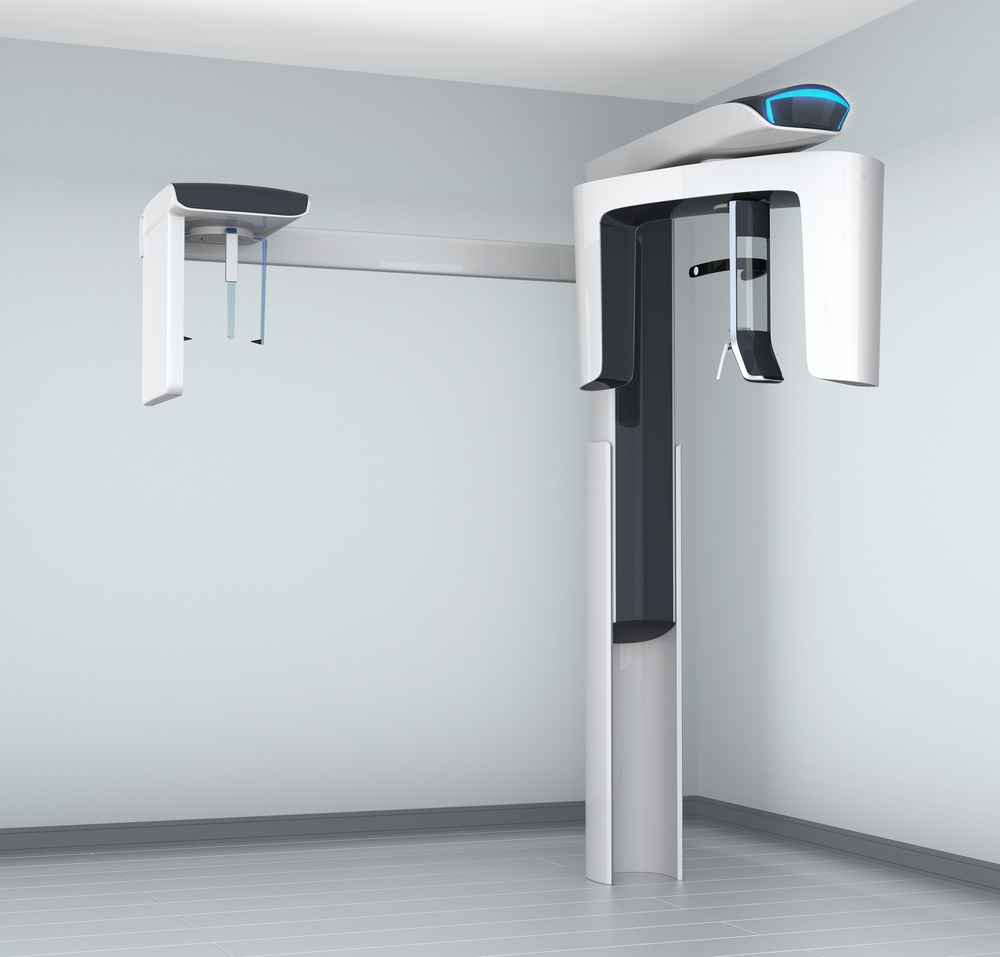
CBCT / 3D x-ray

A CBCT (3D dental scan) allows the dentist to clearly see important structures such as nerves, blood vessels, and sinuses. This information is essential for planning the ideal position and angle for dental implants, since it shows how much bone is available and where critical anatomy lies. Our office has an onsite CBCT machine, so patients do not need to be referred elsewhere for imaging.
While highly useful, a CBCT is not recommended for routine use because it exposes the patient to more radiation than a standard dental X-ray. Excessive radiation can increase health risks, including cancer. However, in certain cases—such as diagnosing complex conditions or planning implant placement—a CBCT is necessary to ensure accurate treatment, prevent nerve injury, and achieve long-term success. Before recommending a CBCT, the doctor always considers the patient’s overall health and best interests.
